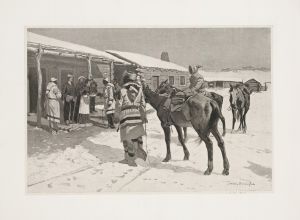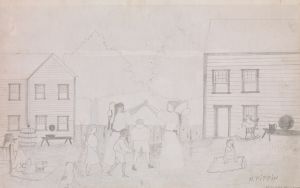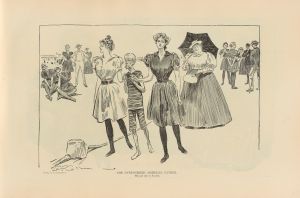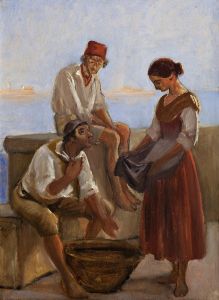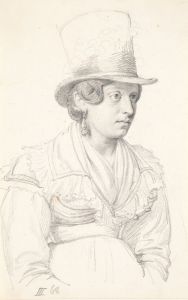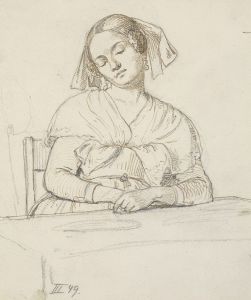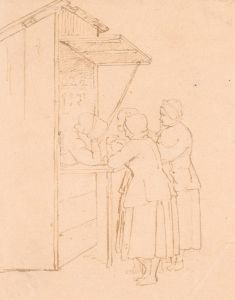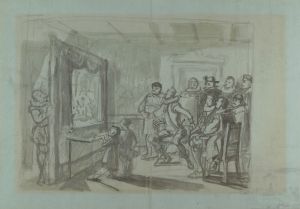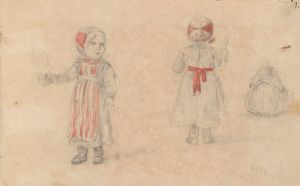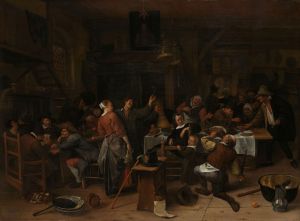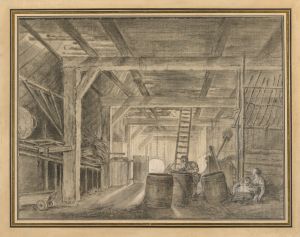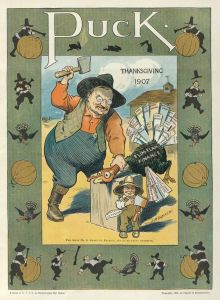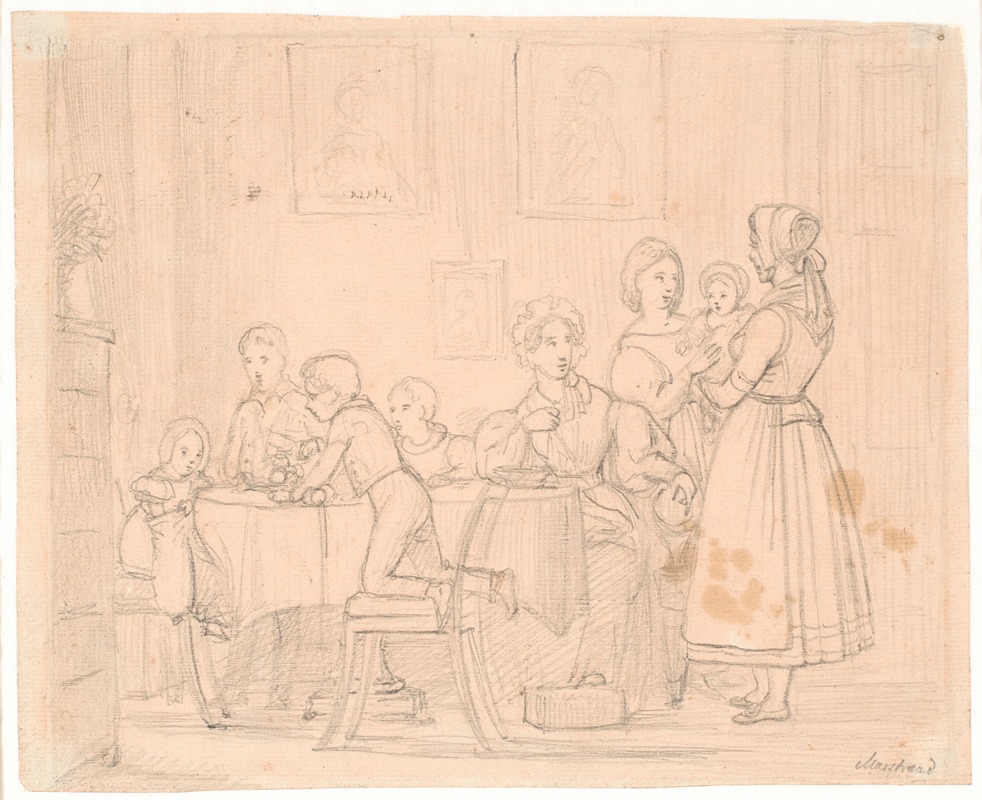
Udkast til det Waagepetersenske Familiebillede
A hand-painted replica of Wilhelm Marstrand’s masterpiece Udkast til det Waagepetersenske Familiebillede, meticulously crafted by professional artists to capture the true essence of the original. Each piece is created with museum-quality canvas and rare mineral pigments, carefully painted by experienced artists with delicate brushstrokes and rich, layered colors to perfectly recreate the texture of the original artwork. Unlike machine-printed reproductions, this hand-painted version brings the painting to life, infused with the artist’s emotions and skill in every stroke. Whether for personal collection or home decoration, it instantly elevates the artistic atmosphere of any space.
Wilhelm Marstrand, a prominent Danish painter of the 19th century, is known for his vibrant and dynamic compositions that often depict scenes from everyday life, literature, and history. One of his notable works is "Udkast til det Waagepetersenske Familiebillede," which translates to "Draft for the Waagepetersen Family Portrait." This painting is an exemplary piece that showcases Marstrand's skill in capturing the essence of his subjects with a lively and engaging style.
The Waagepetersen family, for whom the portrait was created, were significant figures in Danish society during the 19th century. They were known for their contributions to the arts and culture, particularly through their support and patronage of artists and musicians. The family's involvement in the cultural scene of Denmark made them ideal subjects for Marstrand, who was deeply embedded in the artistic community of the time.
Marstrand's approach to the family portrait was innovative and reflective of his broader artistic style. Rather than a static and formal arrangement, he opted for a more dynamic composition that captured the personalities and interactions of the family members. This approach was characteristic of Marstrand's work, which often emphasized movement and emotion, setting him apart from many of his contemporaries.
The painting itself is a study in the use of light and color, with Marstrand employing a palette that brings warmth and vitality to the scene. His attention to detail is evident in the depiction of the family's attire and the setting, which together create a vivid snapshot of the period's cultural milieu. The composition likely includes various members of the Waagepetersen family, each rendered with individual attention that highlights their unique characteristics and roles within the family dynamic.
Marstrand's ability to convey narrative through portraiture is a testament to his skill as a storyteller. In "Udkast til det Waagepetersenske Familiebillede," he not only captures the likenesses of his subjects but also provides insight into their lives and relationships. This narrative quality is a hallmark of Marstrand's work and contributes to his lasting reputation as one of Denmark's foremost painters.
The painting is also significant for its historical context, as it reflects the social and cultural environment of Denmark during the 19th century. The Waagepetersen family, through their patronage, played a role in the flourishing of the arts during this period, and Marstrand's portrait serves as a visual representation of their influence and legacy.
In summary, "Udkast til det Waagepetersenske Familiebillede" by Wilhelm Marstrand is a masterful example of 19th-century Danish portraiture. It captures the essence of the Waagepetersen family with a dynamic and engaging composition that reflects Marstrand's unique artistic style. Through his use of light, color, and narrative, Marstrand not only portrays the family but also provides a window into the cultural landscape of his time.





